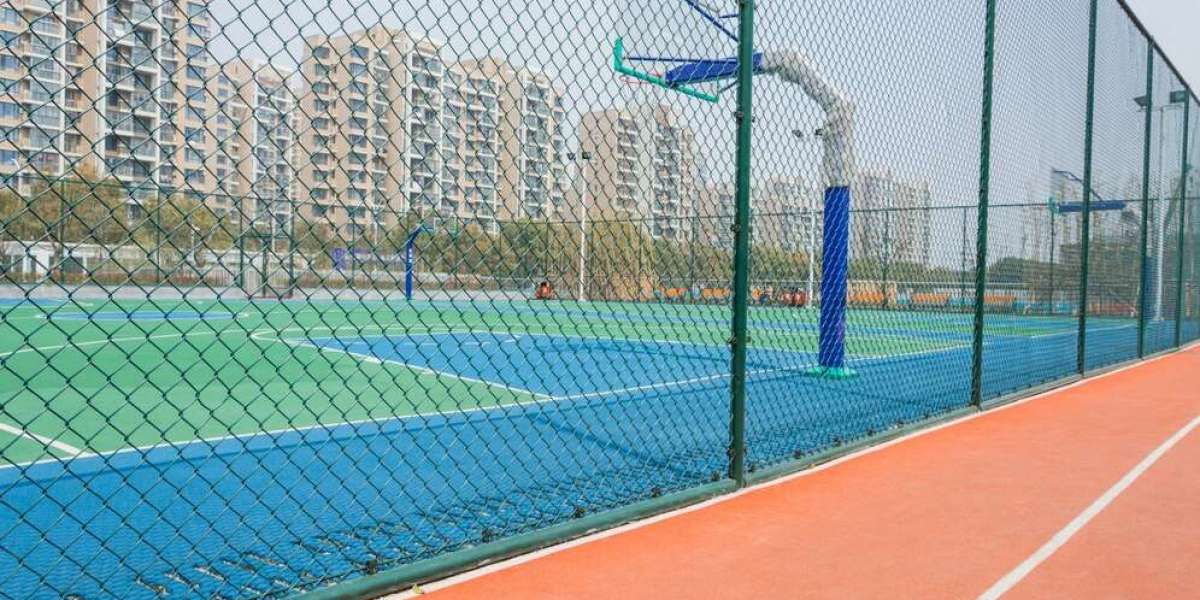In the wide-ranging arena of sports, certain elements are crucial yet often overlooked—sports nets are among them. From securing the goals in a soccer match to ensuring safety in basketball games, sports nets are integral to both the functionality and safety of sports activities. Sports net manufacturers, therefore, play a pivotal role in the sports industry, combining expertise in material science, engineering, and design to produce high-quality, durable nets. This article explores the intricacies of sports nets manufacturing, the innovations driving the industry forward, and the challenges manufacturers face in an evolving global sports landscape.
Understanding the Fabric of the Game
The foundation of sports nets manufacturing lies in the selection of materials and the technology used to weave these materials into nets. The choice of material depends largely on the specific requirements of each sport. For instance, football and soccer nets require durable, weather-resistant materials like polyethylene or polyester, which can withstand the impact of high-speed balls and adverse weather conditions. On the other hand, sports like volleyball and tennis might use nylon nets for its elasticity and excellent tension-holding capabilities.
Polyethylene nets are favored for their strength and UV resistance, making them ideal for outdoor sports. Polyester nets offer similar benefits but with better abrasion resistance and a softer feel, which can be crucial in sports where the interaction between the player and the net is more frequent, such as volleyball. Nylon, known for its superior strength and elasticity, is commonly used in competitive sports environments where the net's ability to absorb impacts can influence the game's flow and safety.
Weaving Technology and Techniques
The manufacture of sports nets involves sophisticated weaving and knotting techniques to ensure maximum durability and performance. There are generally two types of net constructions: knotted and knotless. Knotted nets, traditionally used in many sports, involve tying knots at each intersection of the net mesh, providing high durability and impact resistance. Knotless nets, made by weaving fibers together without knots, offer a smoother surface and are generally lighter, which can reduce the risk of injuries for sports like soccer where player contact with the net is possible.
The manufacturing process also integrates advanced technologies such as UV stabilizers to prevent degradation from sunlight, and colorants that ensure the nets remain visually appealing despite weather conditions and intense use. Some manufacturers have also begun incorporating antimicrobial treatments to help prevent mold and mildew, extending the net's lifespan, especially in humid or wet climates.
Innovation at the Forefront
Innovation in sports nets manufacturing is not just about using new materials or technologies; it's also about improving the sustainability of the products. As environmental concerns become more prominent, manufacturers are exploring eco-friendly materials such as recycled plastics and biodegradable fibers to lessen the environmental impact of their products.
Moreover, with the advent of digital technology, some sports net manufacturers are using computer-aided design (CAD) systems to create nets that meet precise specifications with minimal waste. These technologies allow for the customization of net sizes, shapes, and mesh sizes, making it possible to cater to specialized needs and local preferences, which is particularly important in custom installations like those for cricket practice nets or unique stadium configurations.
The future of sports nets manufacturing is also looking towards enhancing player experience and safety through smart technologies. Emerging trends include the integration of sensors within the nets that can detect and record ball impact. This technology not only assists in performance analysis but could also revolutionize training by providing immediate feedback on accuracy and ball speed. Furthermore, advancements in 3D printing technology are beginning to find their way into the production of customized net fittings and attachments, allowing for even more precise and rapid production tailored to specific needs.
With sustainability in mind, recent developments have seen an increased push towards using renewable materials. Innovations such as nets made from hemp and other natural fibers are gaining traction. These materials not only reduce the carbon footprint but also offer biodegradability that petroleum-based products cannot match. As sports net manufacturers continue to innovate, they contribute not just to sports but also to environmental stewardship and technological advancement.
Challenges and Adaptations
Despite advancements, sports net manufacturers face several challenges. The variability in global standards for sports equipment can complicate the design and manufacturing processes. Manufacturers must ensure their products meet the diverse regulations and standards of different countries and sports organizations, necessitating a flexible approach to production and constant updates to their compliance knowledge.
The fluctuation in raw material costs is another significant challenge. As most sports nets are derived from petroleum-based products, shifts in oil prices can directly impact production costs. Manufacturers must manage these fluctuations while trying to keep the end products affordable for schools, sports clubs, and individual consumers.
Conclusion
As sports continue to evolve with new games emerging and existing games being played in more regions worldwide, the demand for high-quality, reliable sports nets is expected to grow. Sports nets manufacturers are at the forefront of ensuring that this demand is met with innovation and efficiency. By continuing to focus on material advancements, manufacturing technologies, and sustainability, these manufacturers are not just supporting the global sports infrastructure but are also integral players in advancing how the game is played safely and fairly. Their role underscores a simple truth: behind every great sport, there’s great equipment—and behind that equipment, there’s an industry committed to excellence and continuous improvement.







